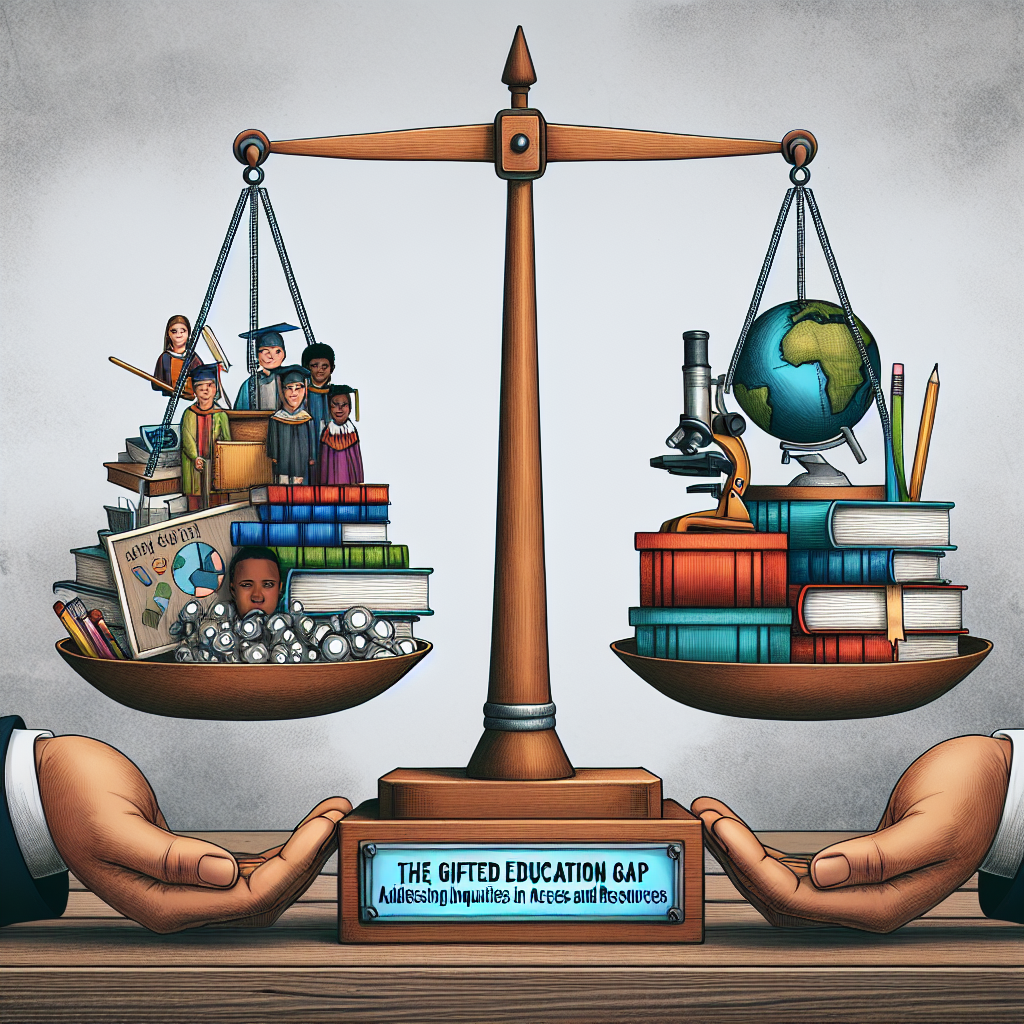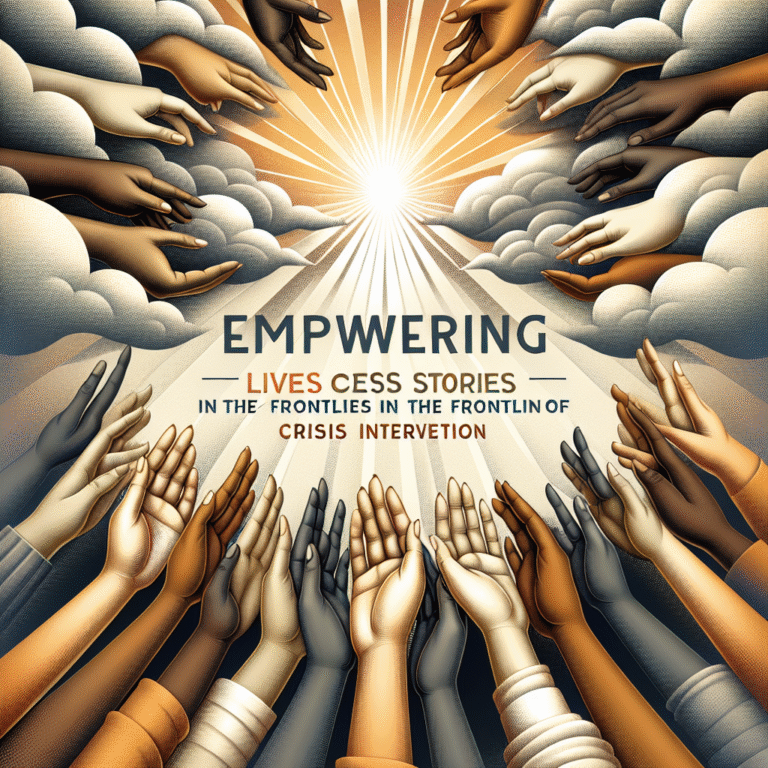
Introduction
Every child possesses unique abilities and potential, yet not all have equal opportunities to nurture these gifts. The Gifted Education Gap: Addressing Inequities in Access and Resources is a pressing issue that demands attention. With the disparities in resources and access, many gifted students—especially from marginalized backgrounds—are left unsupported, hindering their educational journey. Recognizing and addressing these inequities is not just essential; it is a moral imperative for fostering a just society and ensuring that all children can thrive.
Understanding the Gifted Education Gap
The disparity in gifted education programs across socioeconomic and racial lines represents a significant challenge in our educational landscape. This gap manifests in various forms, including the identification processes, funding discrepancies, and the availability of tailored resources.
Case Study: New York City’s Gifted Programs
For instance, New York City’s gifted programs serve as a poignant example. A study revealed that nearly 70% of students in gifted programs were from affluent neighborhoods, while low-income areas saw minimal representation. This stark contrast emphasizes the systemic barriers that prevent equitable access to gifted education.
The Identification Process: Who Gets Recognized?
One of the significant factors contributing to the Gifted Education Gap: Addressing Inequities in Access and Resources is the identification process itself. Traditional metrics for identifying giftedness often favor certain demographics, particularly those well-versed in standardized testing.
Alternative Identification Strategies
To mitigate these inequities, many districts are exploring alternative identification strategies. These may include:
- Portfolio Assessments: Evaluating students based on a collection of their work over time.
- Teacher Recommendations: Leveraging insights from teachers who understand each student’s unique talents.
- Universal Screening: Providing all students with an equal opportunity to demonstrate their abilities through various forms of assessment.
Implementing these strategies can significantly improve the representation of underrepresented groups in gifted programs.
Addressing Resource Disparities
Access to resources is a cornerstone of effective gifted education. Unfortunately, the Gifted Education Gap: Addressing Inequities in Access and Resources often manifests in unequal funding. Schools in affluent areas tend to have more resources, including advanced courses, specialized instructors, and enrichment programs.
Chart: Funding Discrepancies in Gifted Education
| School District | Funding per Student | Gifted Program Availability |
|---|---|---|
| Affluent District | $15,000 | Multiple advanced programs |
| Low-Income District | $8,000 | One underfunded program |
This table illustrates how funding disparities can perpetuate the education gap, limiting opportunities for gifted students in less affluent areas.
Innovative Programs Bridging the Gap
Several innovative programs are emerging to address the inequities in gifted education. Programs designed to offer enrichment and support to underrepresented students can make a tangible difference.
Case Study: The University of Washington’s College Bound Program
The University of Washington’s College Bound program aims to increase college readiness among high school students from low-income backgrounds. By offering mentorship and resources, the program helps students discover and nurture their talents. The success stories emerging from this initiative highlight the potential for bridging the Gifted Education Gap through targeted support and resources.
The Role of Advocacy and Policy Changes
Addressing the Gifted Education Gap: Addressing Inequities in Access and Resources also calls for systemic changes at the policy level. Advocating for equitable funding for all schools and promoting inclusive practices in identification and programming can help level the playing field.
Legislative Efforts
National and local legislative efforts focused on promoting equality in education are crucial. Advocacy groups are working to:
- Increase awareness of the importance of equity in gifted education.
- Push for policies that allocate resources specifically for underserved communities.
Parents and Community: Engaging Stakeholders
Encouraging community involvement is essential for addressing these disparities. Parents and guardians can play a pivotal role in advocating for gifted programs and ensuring that schools cater to the diverse needs of their students.
Strategies for Parental Engagement
- Information Sharing: Keeping parents informed about available resources and processes.
- Support Groups: Establishing community support networks for parents of gifted children.
- Active Participation: Involving parents in decision-making processes related to school policy and programs.
Empowering Educators
Teachers are at the frontline of recognizing and nurturing gifted students. Professional development is vital for equipping educators with the tools they need to identify and support gifted learners effectively.
Training Programs
Offering targeted training programs that focus on:
- Differentiated instruction for gifted learners
- Culturally responsive teaching strategies
- Understanding the psychological aspects of giftedness
These initiatives can empower educators and provide them with the confidence to advocate for their students.
Toward a More Equitable Future
As we explore the Gifted Education Gap: Addressing Inequities in Access and Resources, it becomes clear that collaborative efforts among educators, parents, policymakers, and community members are critical for achieving equity. Small steps can lead to significant changes when communities unite to support gifted learners.
Call to Action
Encourage stakeholders to collaborate and advocate for policies that will ensure every gifted child has access to the resources and support they need to thrive.
Conclusion
The Gifted Education Gap: Addressing Inequities in Access and Resources is a multifaceted issue that requires comprehensive approaches to ensure all gifted students can flourish. By advocating for equitable access, rethinking identification processes, and enhancing resources, we can create an inclusive environment that values every child’s unique abilities.
Every step toward addressing these inequities contributes to a brighter, more equitable future for all students. Let’s be inspired to take action—not just for our gifted learners but for the overall advancement of education.
FAQs
1. What are the main causes of the Gifted Education Gap?
The main causes include biased identification processes, funding inequities, and limited access to enriched programs.
2. How can schools better identify gifted students?
Schools can adopt multiple methods of identification, including portfolio assessments and universal screening, to ensure a more inclusive approach.
3. What role do parents play in closing the Gifted Education Gap?
Parents can advocate for their children’s needs, provide support at home, and work with schools to promote equitable programs.
4. Are there successful programs aimed at addressing these inequities?
Yes, programs like the University of Washington’s College Bound program demonstrate positive impacts through targeted support and resources for underrepresented students.
5. What legislative efforts are being made to improve gifted education?
Advocacy groups are pushing for equitable funding policies and inclusive practices that address the needs of all students in gifted education programs.
By unraveling the layers of the Gifted Education Gap: Addressing Inequities in Access and Resources, we can begin to foster a more balanced and inclusive educational experience for all students. Let’s work together to ensure every child can realize their full potential!















